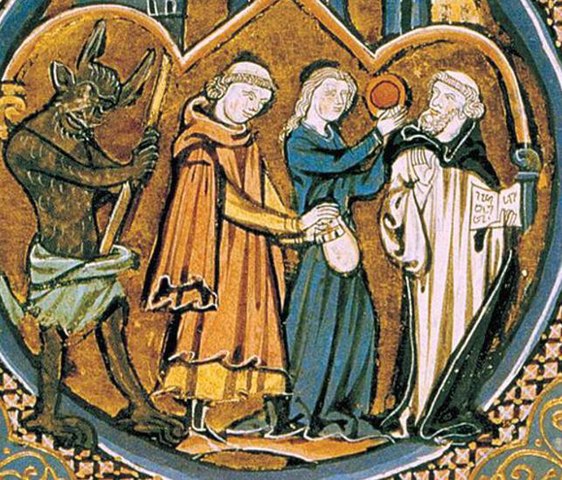Distinguishing between love and lust can be challenging, as both emotions can be intense and may overlap to some extent. However, there are key indicators that can help you differentiate between the two:
1. Emotional Connection and Depth:
- Love: Love is characterized by a deep emotional connection and affection for the person. It goes beyond physical attraction and is rooted in care, respect, and genuine concern for their well-being.
- Lust: Lust tends to focus primarily on physical desire and attraction. It may lack the emotional depth and connection that love typically involves.
2. Long-Term Commitment and Future Planning:
- Love: Love often involves a desire for a long-term commitment and a future together. People in love may make plans and decisions with their partner in mind, such as moving in together, getting married, or starting a family.
- Lust: Lust is often more short-term and may not necessarily involve thoughts of a future together. It can be more focused on immediate gratification and physical pleasure.

3. Respect and Concern for Well-Being:
- Love: Love involves a deep level of respect and concern for the well-being of the person you care about. It includes supporting their goals, listening to their needs, and prioritizing their happiness.
- Lust: Lust may prioritize physical satisfaction over the emotional or mental well-being of the person. It may not necessarily involve a strong sense of responsibility for their overall happiness.
4. Emotional Intimacy and Vulnerability:
- Love: Love often leads to emotional intimacy and vulnerability. In a loving relationship, individuals feel safe sharing their thoughts, fears, and insecurities with their partner.
- Lust: Lust may not always involve the same level of emotional intimacy. It can be more focused on the physical aspect of the relationship without the same depth of emotional sharing.
5. Sacrifice and Selflessness:
- Love: Love often involves acts of sacrifice and selflessness for the well-being of the other person. People in love are willing to make compromises and prioritize their partner’s needs.
- Lust: Lust may not necessarily involve the same level of selflessness or willingness to make sacrifices for the other person. It can be more self-focused.
It’s important to note that relationships can evolve over time, and what may initially start as lust can develop into love as emotional bonds deepen. Additionally, every relationship is unique, and the balance between love and lust can vary from one couple to another. Ultimately, open communication, mutual respect, and shared values are essential for building a healthy and fulfilling romantic connection.










